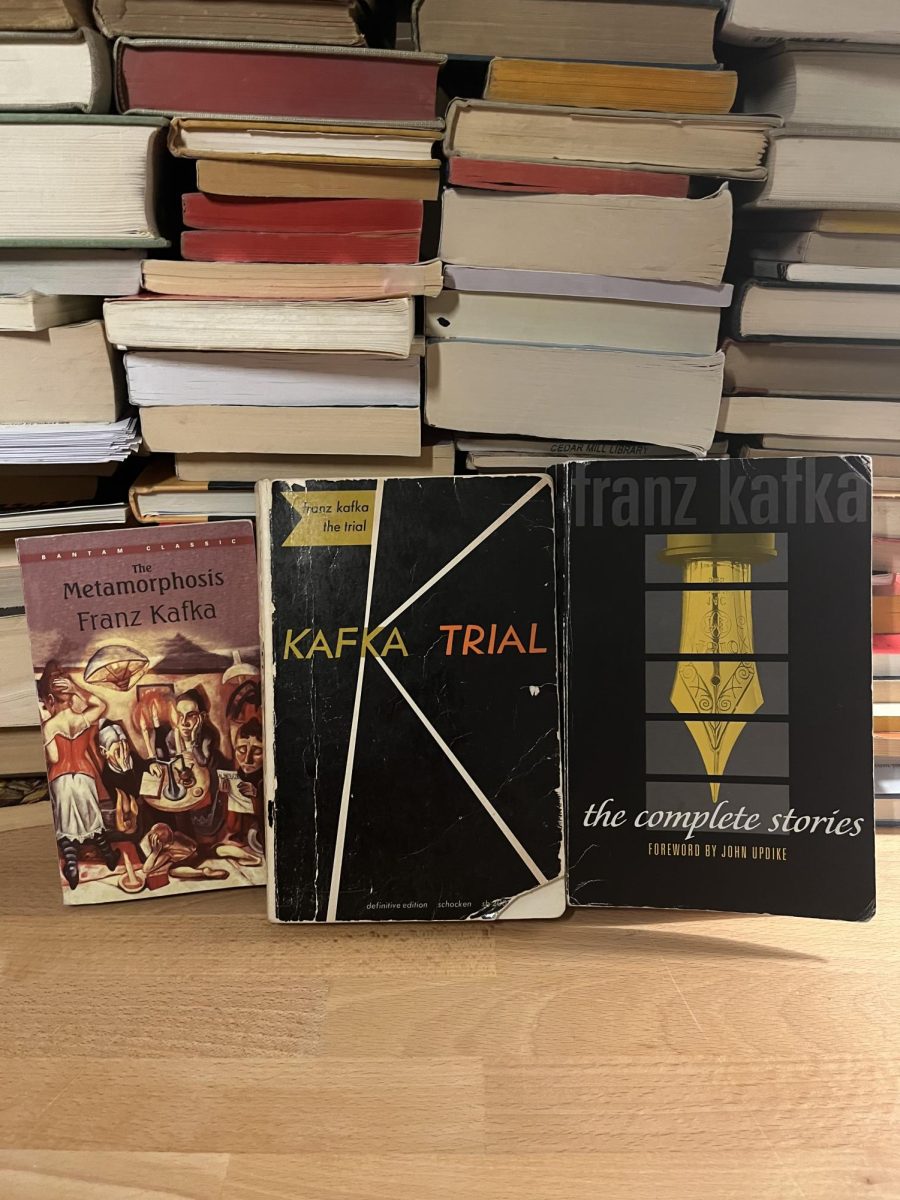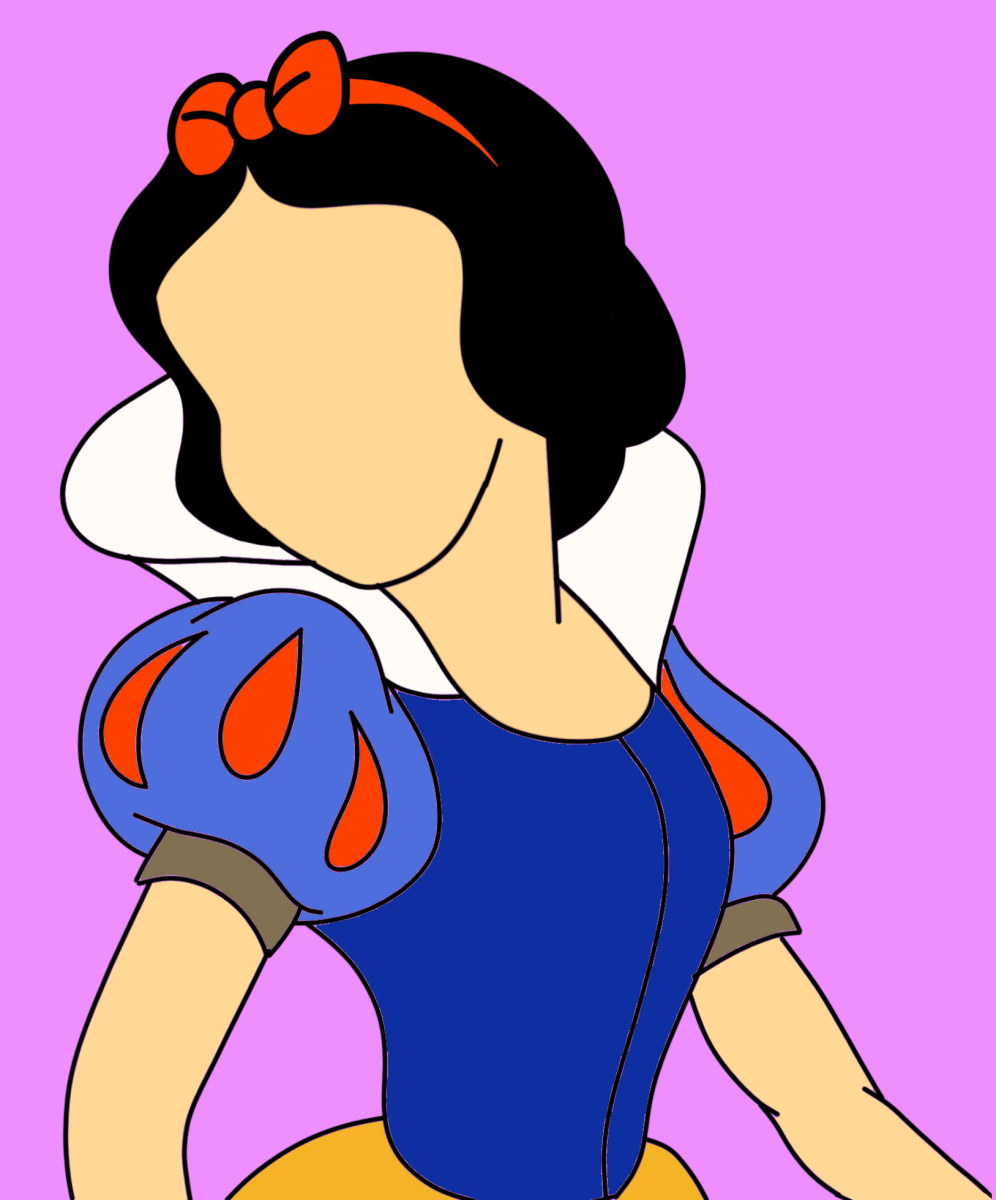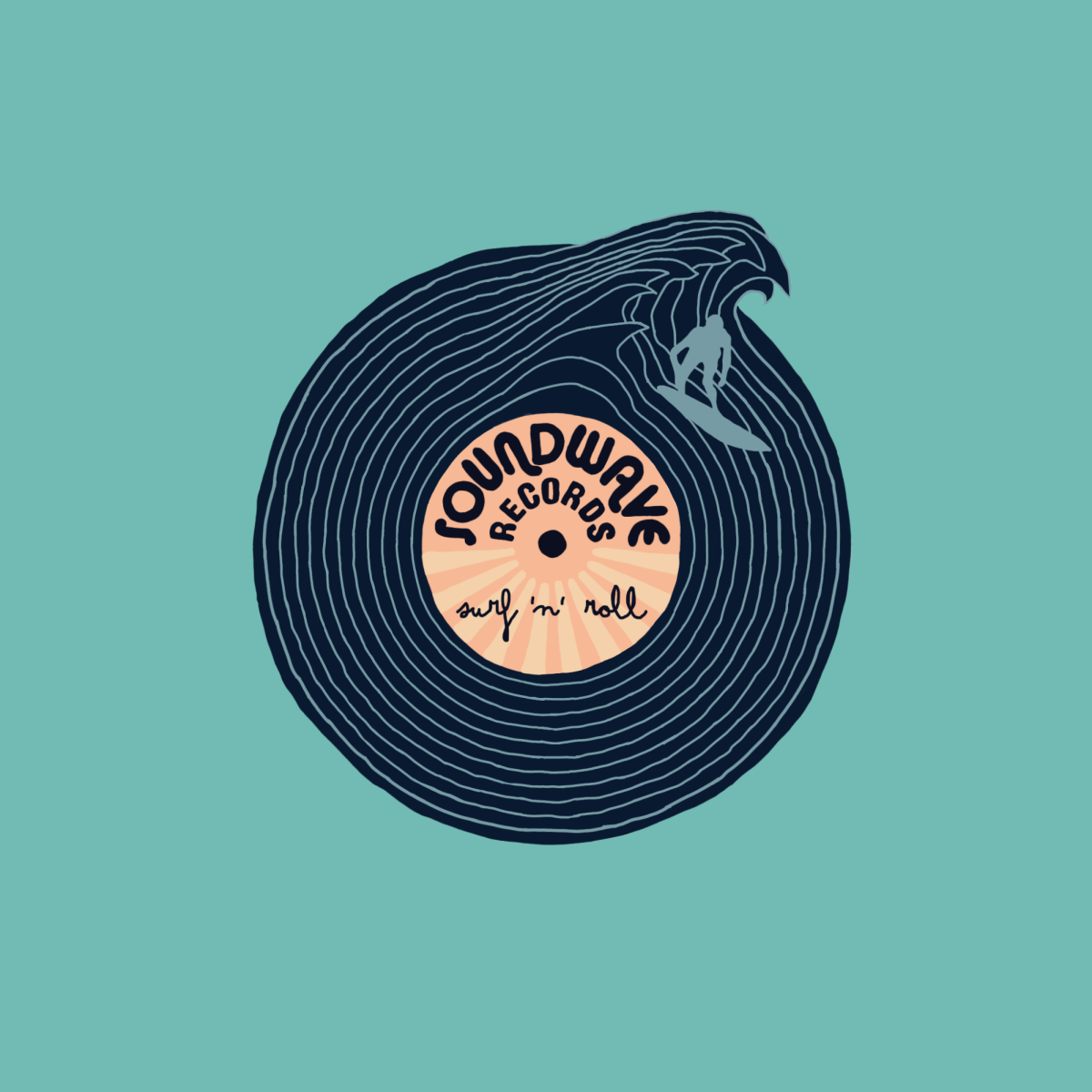The indescribable feeling characteristic of Czech author Franz Kafka’s work has only ever been effectively communicated by him.
While glimpses exist in the stories of similar writers – with fiction from JG Ballard, William Burroughs, John Williams and the non-fiction of Mark Fisher and Albert Camus, all seeming to share an adjacent, connected understanding – none have ever reproduced more than a dim flash of what Kafka could exclusively make bright.
It’s for this reason that many have taken a greater interest in the writer recently. With his sporadic and often confusing style however, some new readers may find themselves discouraged or bored, especially when starting with the harder-to-penetrate novels. To combat this, here are three smaller stories I believe give the best introduction to Kafka’s distinct pace, style, themes and bizarre quirks.
“The Judgment”
Written in a single sitting, The Judgment pulls from Kafka’s strained relationship with his father. The story is as brilliant as it is bizarre and somehow pulls off being both one of Kafka’s funniest and most cerebral pieces.
The plot follows a young man, who, after finding difficulties in writing to his friend, seeks advice from his father. The following conversation between father and son gives not only a great snapshot of Kafka’s unique style, but additionally his real life and mind, making it a perfect start to get to know the author.
The pacing of this shorter story is also a good representation of the less-traditional way a Kafka world lays itself out, unfolding in a spasmodic, often surreal and illogical way, with massive jumps in the interactions of characters and progression of the story.
The Metamorphosis
His most widely known and celebrated story, this book is famous for a reason. The Metamorphosis follows a man who, upon waking up one morning, finds himself, “…transformed in his bed into an enormous vermin.”
This is a good second place to begin with Kafka, as it showcases a couple of his main themes and seems to encapsulate one of his best deliveries of the aforementioned “feeling” so specific to him.
The Metamorphosis also clues new readers in to an important fact that will come in handy for reading future novels of Kafka: his inability to end stories. Seen a couple times in this one, the narrative continues long past its arc, with our author seemingly unaware of when to stop. Eventually, the carefully planned fiction seems to fall apart in to emotional ramblings, a fact that makes the stories even more interesting and valuable.
“Description of a Struggle”
This short story is a controversial one to recommend for new readers. Being his most fragmented, confusing and, as author John Updike in a foreword to it suggests, “hectic” story, it can deter many with its jolting form. In fact, it’s so nonsensical and weird, I won’t try to give a rundown. But exactly because of this particular form, I believe the story is an incredibly important one for those beginning, as it shows Kafka at his least refined, and most expressive.
While difficult to get through, this short story contains the unstable critical core and theme at the heart of Kafka’s works, stripped of its literary packaging and rawly displayed and communicated only through its read experience and a subsequent implicit understanding. It’s a perfectly confusing place to begin a broader exploration of his works.






